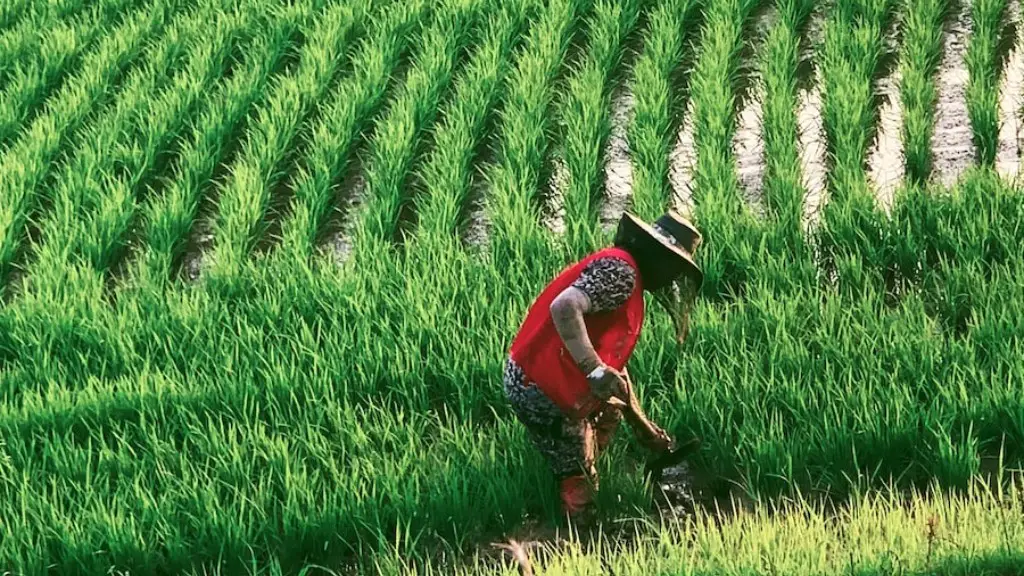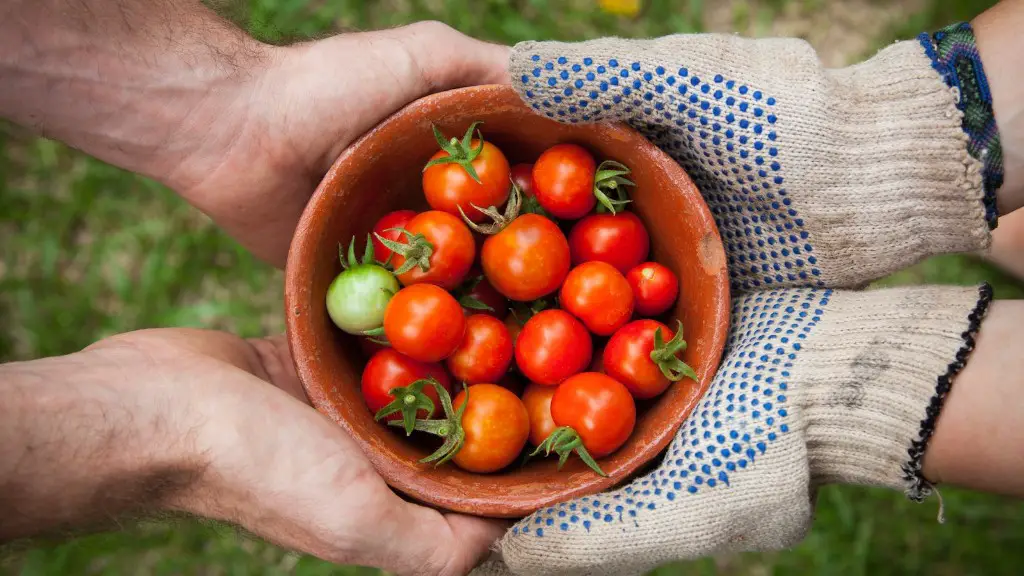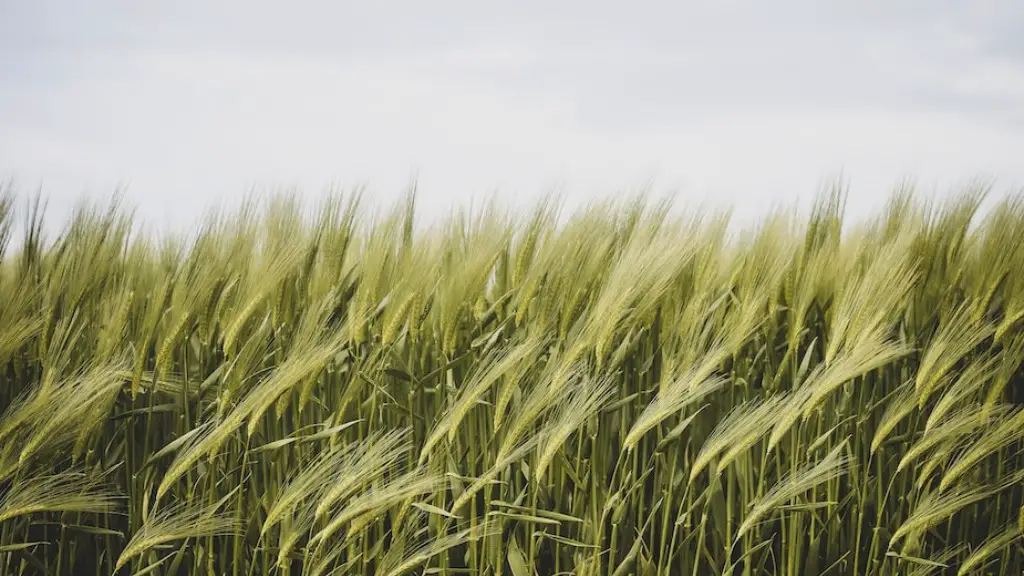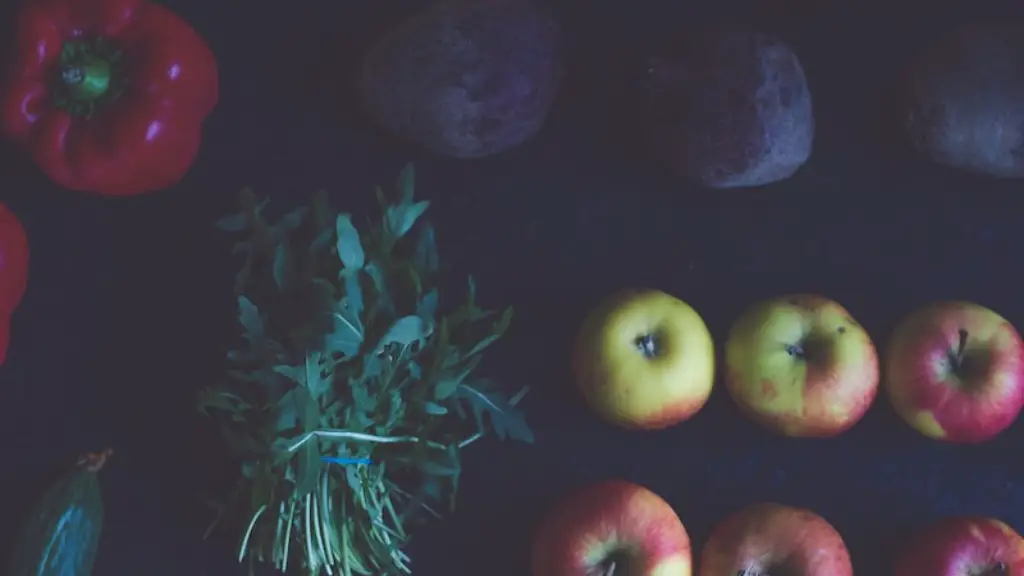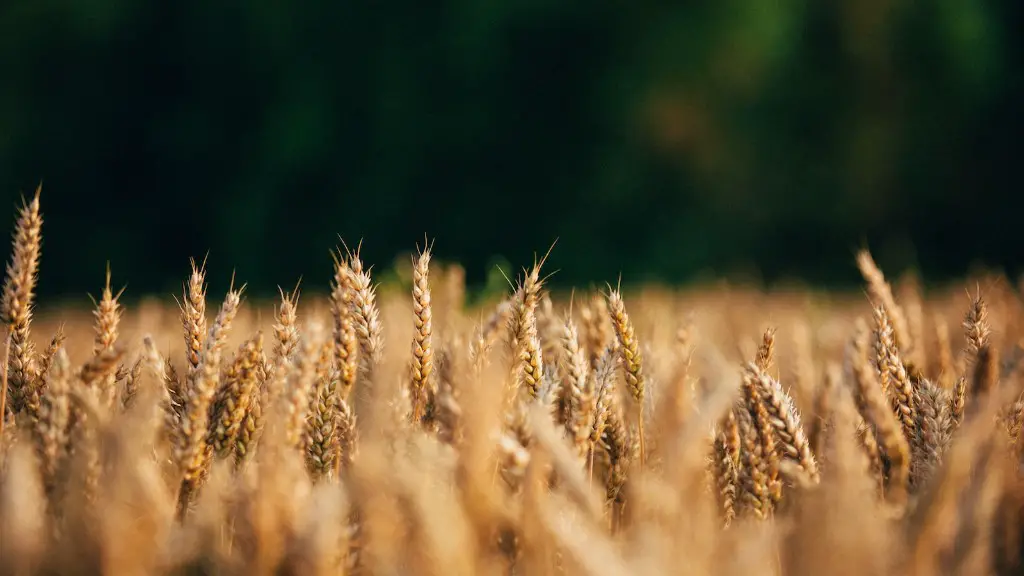Horticulture and agriculture are two closely related but distinct practices. While the terms are often used interchangeably, there are some key differences between the two that are important to understand. Horticulture generally focuses on the cultivation of plants that are grown for their decorative, culinary, or medicinal purposes. Agriculture, on the other hand, tends to focus on cultivating plants for a nutritional or economic purpose, such as food production or animal feed.
In horticulture, the focus is on the health of the plants rather than the yield of produce. Horticulture experts will carefully nurture a small number of plants, often on a smaller plot of land, to create an aesthetically pleasing landscape or crop output. Horticulture activities often include growing annual and perennials shrubs, vines, trees, and a wide range of ornamental and edible plants. Agriculture, on the other hand, focuses on producing far larger quantities of plants, usually on larger plots of land, with the goal of supporting food or products for livestock. Agriculture crops are typically grown using larger amounts of fertilizers and other chemicals as well as mechanized equipment.
Horticulture is generally a leisure pursuit, an art form or a hobby indistinguishable from the farmer’s or gardener’s personal expression. Agricultural endeavors are usually driven by an economic motivation to produce yields that can be sold on the market. Under horticulture, plants are often left to their self-protection while in agriculture, crops need protection from pests and disease which requires more attention from farmers. In horticulture, innovative growing techniques are used to increase the beauty of plants whereas in agriculture such techniques are used to improve crop yield.
The scope of horticulture is more limited in comparison to agriculture. Horticulture covers a variety of different types of plants including flowers, fruit trees, ornamental plants, vegetable plants, and more. Agriculture tends to cover a wider variety of plants, which can include both food and traditional crops. Another noteworthy difference between horticulture and agriculture is that horticulture typically requires more maintenance than agriculture. It also requires more advanced knowledge and skills in order to keep the plants healthy.
Horticulture and agriculture are two very distinct ways of cultivating plants. While both involve careful nurturing, the key difference involves the scope of the activities and the purpose of the end product. Horticulture involves a narrower scope of activities and is typically done with the goal of creating aesthetically pleasing or edible products. Agriculture involves a far wider scope of activities and typically involves producing food or animal feeds.
Farming vs Gardening
Farming and gardening are two main techniques that have been used for centuries to produce food. Both have similar characteristics, such as soil preparation and planting, but are fundamentally different processes. While farming is geared towards increasing the yield of plants for economic profit, gardening is concerned with growing plants for aesthetic and practical purposes.
Farming typically entails large-scale production, taking place in an open field or vast land. Tools like tractors and equipment are used to cultivate the soil and harvest the crops. The plants grown through farming have the purpose of providing food or animal feed. These plants are sometimes grown in vast monocultures and require intensive fertilization, irrigation and/or pesticides. Gardening, on the other hand, is a labor-intensive, individualized activity that typically takes place in a backyard, allotment or balcony. People often create their own garden beds or raised beds to plant vegetables, flowers or other plants. Pest and weed control are commonly done manually. Gardening typically involves the use of organic and/or non-chemical means to maintain the health of plants.
Gardening Methodology
Gardening, as previously mentioned, is a labour intensive, highly specialized approach towards cultivating plants for aesthetically pleasing and practical purposes. In contrast, farming can take a more ‘hands-off’ form of cultivation, where crops are grown in large, mono-culture-style fields, with a limited need for manual weeding and pest control. Gardening methods vary depending on the type of plants being cultivated, however, the most popular techniques involve mixed-cropping, companion planting and crop rotation.
Mixed-cropping is the process of combining different species of plants in one garden bed, meaning the gardener does not have to build separate beds for each type of plant. This method is ideal for those who want to maximize space, as well as provide different plants with complementary growing requirements or benefits. Companion planting is an alternative approach to mixed-cropping, where two or more plants are grown together in the same space, subsequently providing benefits to each other. This often involves planting combinations of vegatables and flowers and can be used to attract beneficial insects, deter pests and improve soil quality. Crop rotation is a third type of approach where a combination of both annual and perennial plants are planted each year and rotated in different parts of a garden bed. This method can help prevent diseases, support biodiversity and improve crop yields.
Organic vs Inorganic Farming
Organic and inorganic growing and cultivation methods are two vastly different approaches to producing plants. Organic farming is a type of gardening technique that focuses on the use of natural ingredients and fertilizers and an avoidance of chemicals, pesticides, and other unnatural materials, while inorganic farming is the opposite and involves the use of chemicals, fertilizers and other inorganic products.
Organic farming is usually done on a smaller scale and allows for crop rotation, companion planting and mixed-cropping. It also takes into account environmental impacts, plant-life cycles, and the usage of sustainable materials. In contrast, inorganic farming is more suited to industrial, mass-scale farming and is directed more at maximizing crop yields and improving marketability. This system often disregards environmental and biodiversity concerns, utilises chemicals and fertilisers, and involves intensive labour and machinery.
Sustainability
Both organic and inorganic farming styles have sustainability implications. Organic farming produces fewer pollutants and requires fewer resources, helping to reduce the environmental impact of agricultural activities. Inorganic farming, on the other hand, relies heavily on chemicals and machinery, which can damage soil and water quality, reduce biodiversity and contribute to global climate change.
Organic farming is often more labor intensive, as it typically involves manually weeding, watering and planting instead of using machinery or chemicals to do the same tasks. This can, however, help reduce labour costs and provide jobs in rural communities, with the potential to foster local economic development. Inorganic farming typically uses more machinery and chemicals, which may be more efficient in terms of time and labour, however, this can increase production costs and the associated environmental impacts.
Economic Viability
The economics of horticulture and agriculture are fundamentally different. Horticulture activities are often carried out for leisure purposes, and the products typically hold little monetary value. Agriculture, on the other hand, is typically conducted with an economic purpose, with the goal of yielding products to be sold on the market. Agriculture can also involve the use of large amounts of fertilizers or chemicals, which often come with associated costs.
For farmers, the financial viability of a venture often comes down to the yields it produces. In terms of horticulture, this is typically not a major consideration, with the products grown often subject to more subjective opinions about beauty and taste. This makes it difficult to determine the financial success of a horticulture venture, and can make it more impractical from an economic standpoint than agriculture.
Given its more specialised nature, the economics of horticulture often come down to the cost of advanced knowledge, expertise and equipment. While there may be specific economic opportunities associated with horticulture activities, such as landscaping or floriculture business opportunities, these often require more expensive start-up investments than an agricultural venture.
